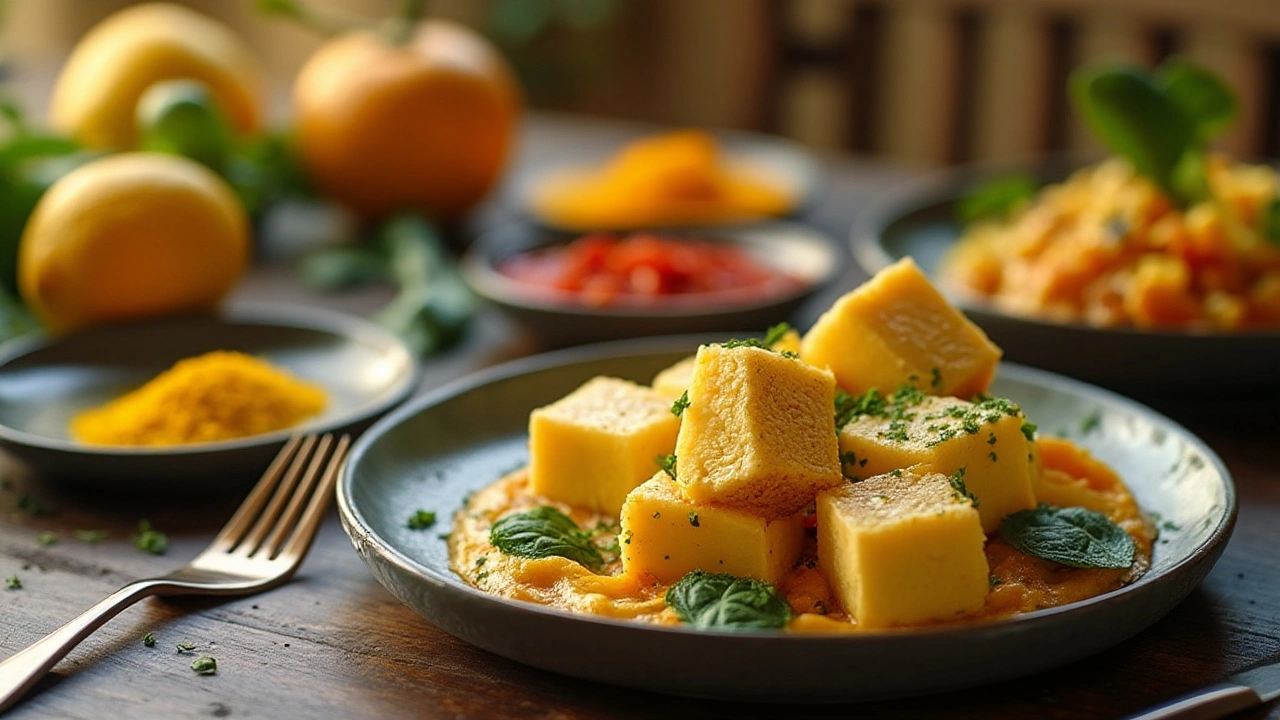
Have you ever taken a bite of a dish and felt like something was missing? Maybe it tasted good, but it lacked the depth and complexity of restaurant-quality meals. The truth is, great cooking isn’t just about following a recipe—it’s about understanding how to layer and enhance flavors to create an unforgettable taste experience.
Unlocking hidden flavors in everyday foods doesn’t require fancy equipment or expensive ingredients. Unlocking hidden flavors with rightfoodpoint.com using simple techniques and smart seasoning choices to maximize the potential of your dishes. In this blog post, we’ll explore practical ways to bring out the best in your meals, making them richer, more balanced, and bursting with flavor.
1. Master the Power of Salt
Salt is often underestimated in home cooking, but it’s the single most important ingredient for unlocking flavors. The right amount of salt doesn’t just make food salty—it enhances sweetness, balances bitterness, and brings out natural umami flavors.
How to Use Salt Effectively:
- Season in Layers – Instead of adding all the salt at the end, season throughout the cooking process. This builds depth in flavor.
- Use the Right Kind of Salt – Kosher salt is great for cooking because of its larger flakes, while finishing salts like sea salt add texture and complexity.
- Salt Before Cooking – Salting meats and vegetables ahead of time helps them absorb flavor and improves their texture.
2. Acidity: The Secret Weapon of Balance
Acidity is an underrated yet powerful tool in cooking. A splash of vinegar or a squeeze of citrus can brighten flavors, balance out richness, and elevate a dish from bland to bold.
Ways to Use Acidity:
- Add a splash of lemon juice to roasted vegetables to cut through their natural sweetness.
- Use a dash of vinegar in soups and stews to balance out the richness.
- Stir pickled onions or other fermented ingredients into dishes for an extra flavor punch.
3. The Magic of Umami
Umami, often referred to as the “fifth taste,” is a deep, savory flavor that makes food incredibly satisfying. Foods high in umami include mushrooms, tomatoes, parmesan cheese, soy sauce, miso, and anchovies.
How to Incorporate Umami:
- Add a dash of soy sauce or fish sauce to soups and stews for a savory depth.
- Roast tomatoes or mushrooms to intensify their umami flavors.
- Sprinkle parmesan cheese or nutritional yeast on pasta, eggs, or roasted vegetables.
4. Heat and Caramelization for Depth
Cooking techniques play a huge role in unlocking flavors. High heat can create caramelization, adding a deeper, richer taste to your food.
Best Methods for Creating Deep Flavors:
- Roasting: Enhances natural sweetness in vegetables and meats (e.g., roasted carrots taste sweeter and richer than boiled ones).
- Searing: Creates a flavorful crust on meats, adding complexity.
- Grilling: Adds a smoky, charred element that deepens taste.
5. The Role of Fat in Flavor
Fat isn’t just about making food richer—it also helps carry flavors and create a satisfying mouthfeel. Whether it’s butter, olive oil, or coconut milk, the right fat can make a dish more flavorful and enjoyable.
Tips for Using Fat Wisely:
- Finish dishes with a drizzle of olive oil or butter for extra richness.
- Use toasted sesame oil for a nutty, aromatic boost in stir-fries and salads.
- Mix fats with acid (like vinaigrettes) to create a balanced, flavorful dressing.
6. The Magic of Herbs and Spices
Fresh herbs and spices can completely transform a dish. Knowing how to pair them correctly makes all the difference.
How to Use Herbs and Spices Effectively:
- Add fresh herbs like basil, cilantro, or parsley at the end of cooking to maintain their bright flavors.
- Toast whole spices before grinding them to release their essential oils and deepen their flavors.
- Use spice blends like garam masala, za’atar, or herbes de Provence to add complexity with minimal effort.
7. Letting Flavors Marry Over Time
Some dishes taste better after they sit for a while. This is because the flavors have time to blend together, creating a more cohesive and robust taste.
When to Let Food Rest:
- Soups and Stews: Taste even better the next day as flavors meld.
- Marinades: Allow proteins to absorb seasonings for at least an hour (or overnight for deeper flavor).
- Doughs and Batters: Letting doughs rest allows gluten to relax and flavors to develop (especially in bread and pizza doughs).
8. The Science of Contrast: Sweet, Sour, Salty, Bitter, and Spicy
Balancing contrasting flavors can make a dish more exciting and dynamic.
How to Create Contrast:
- Pair sweet and spicy (e.g., honey with chili flakes).
- Balance richness with acidity (e.g., a squeeze of lemon on a buttery sauce).
- Add a hint of bitterness to cut through sweetness (e.g., dark chocolate in a mole sauce).
9. Experiment and Trust Your Palate
One of the best ways to unlock hidden flavors in food is to experiment! Taste as you go, adjust seasonings, and trust your palate.
Ways to Train Your Taste Buds:
- Try a new spice or herb each week.
- Taste dishes before and after seasoning to notice the difference.
- Keep a flavor journal to note successful combinations.
Final Thoughts
Unlocking hidden flavors in everyday foods isn’t about making drastic changes—it’s about making small, intentional choices that enhance taste. By understanding salt, acid, umami, cooking techniques, and contrast, you can elevate even the simplest meals into something truly special.
Start experimenting with these techniques today, and soon, you’ll be creating dishes that surprise and delight your taste buds every time!



